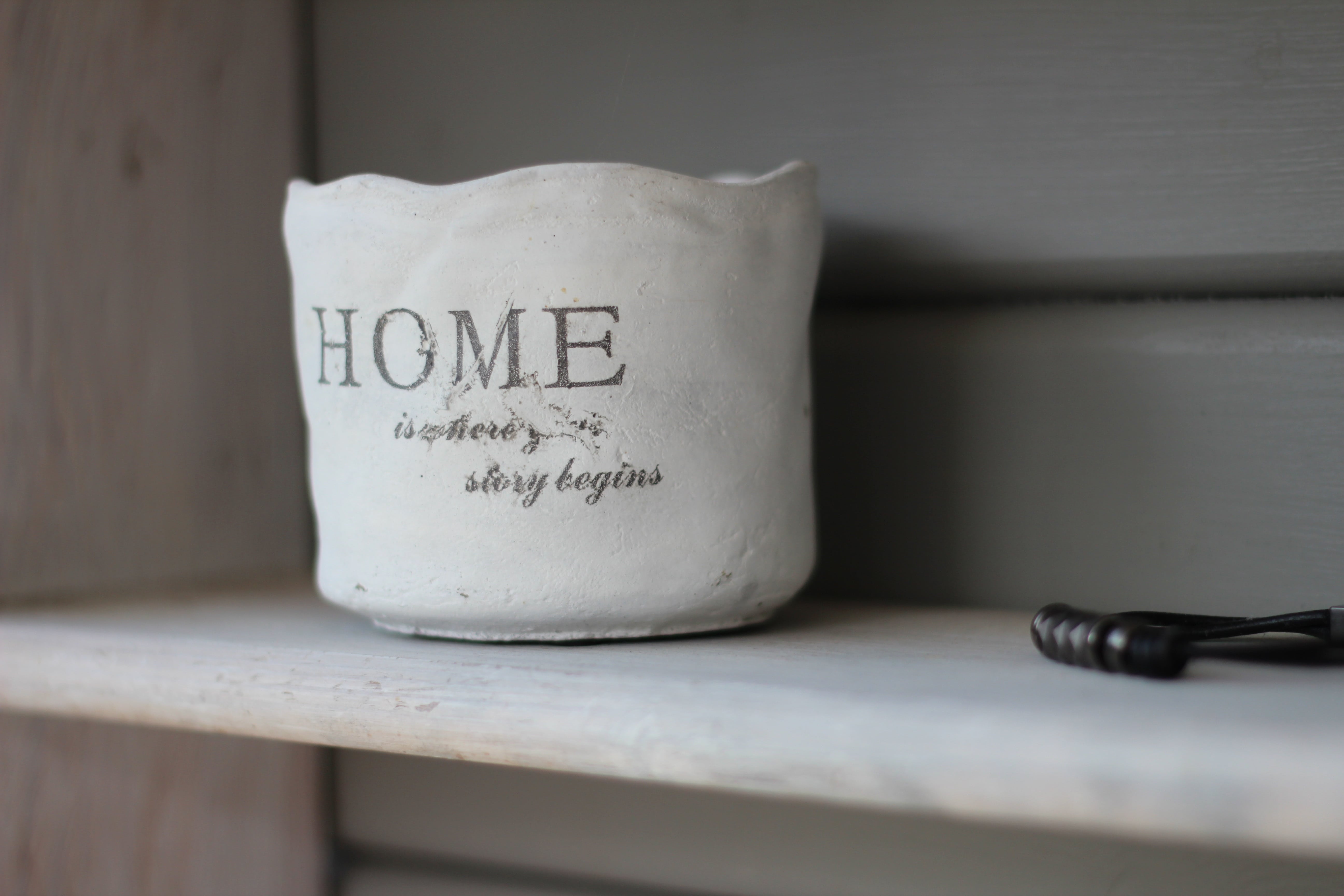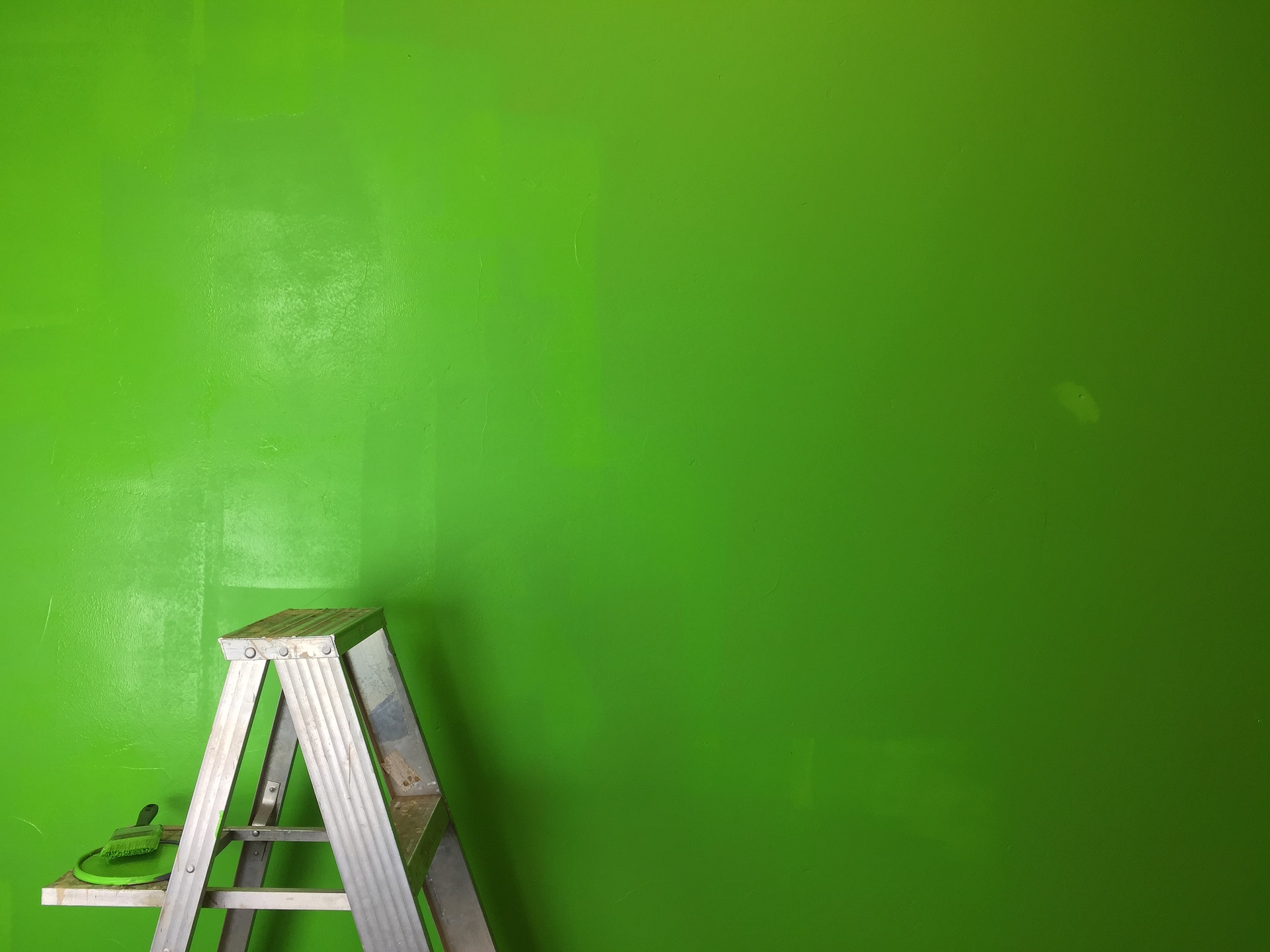When it comes to renovating, the easiest and most fun part is planning and dreaming. Flicking through catalogues and brochures, or visiting websites to gaze longingly at parquet flooring, is great. What isn’t quite so great is that bit where you have to pay for it. However, if you want your renovations, you do need to pay, so the least you can do is create a sensible budget!
Work out an estimate
You’ll need a budget calculator to work out how much everything’s going to cost. Head to this website and tinker with your amounts; it’s often a good idea to sit down with your contractor so that you have a more accurate idea.
Find out if you actually have enough money to spend!
When you have a decent estimate, you need to see if your funds are up to it. If you already have the money ready, then that’s great. Most people, however, have to use a loan or release some equity from their property to fund some or all of the work. You’ll have a set amount to work with, so you’ll need to stick to your limits. You can always top your funds up with money from your salary, but only do this for a few little extras at the very end of the project.
Get at least three quotes
You should make sure that all three (or four) contractors have exactly the same specs – right down to tiles and aerator taps – so that you’re getting a work-up on exactly the same project.
When you’re looking for people to get the quotes from, ask around family and friends, as well as forums and review sites, and create a shortlist. When the quotes come in, don’t just plump for the lowest one. You need to balance good quality against cost, as well as choosing someone you can tolerate having in your home for several weeks.
Always have a contingency fund
You will – you just will – run into some sort of delay or snag that costs extra money. You might have wanted some particular tiles for your splashback, but you find out that they won’t be available for months and so you have to buy the more expensive-but-available ones. If you can, then add an extra 15% onto your budget just for things like this. Be careful if you’re using a loan, though, because if you run into the 15% and this will make your repayments unaffordable, you may be in trouble.
Identify your priorities and make them work (preferably more cheaply)
You should always be looking for the savings, especially if this means that you don’t go into your emergency 15%. You might even be able to finish up still within budget! There will be some essential changes and elements that you want in your renovation, so these aren’t negotiable. Other ideas and changes will have a bit more flexibility, so when it comes these parts, look for cheaper alternatives, ex-display stock or even new-but-unbranded fittings.
Nb. Collaborative post.






Leave a Comment